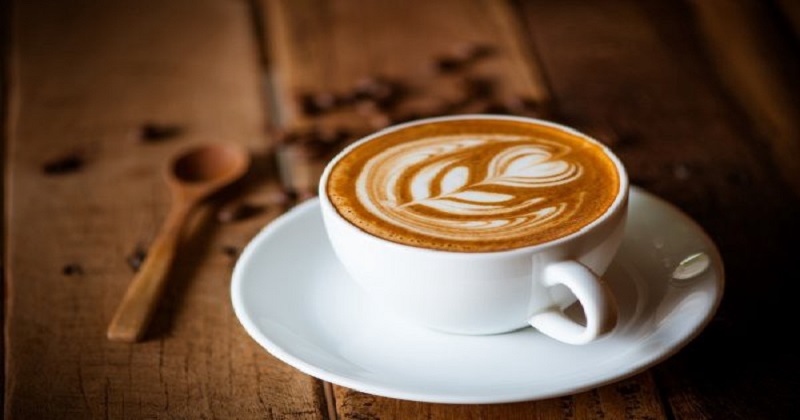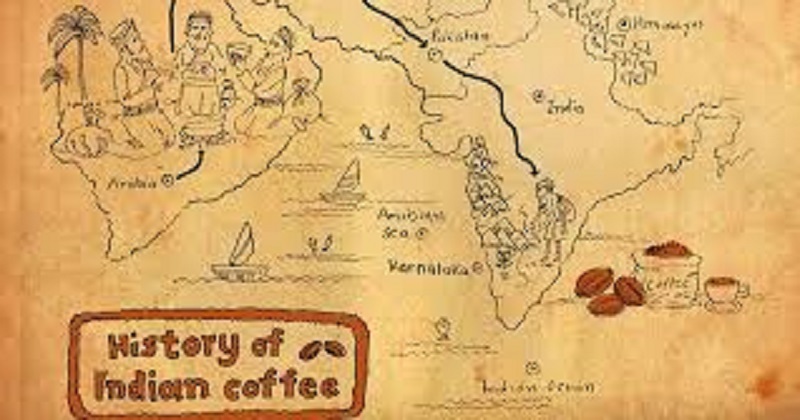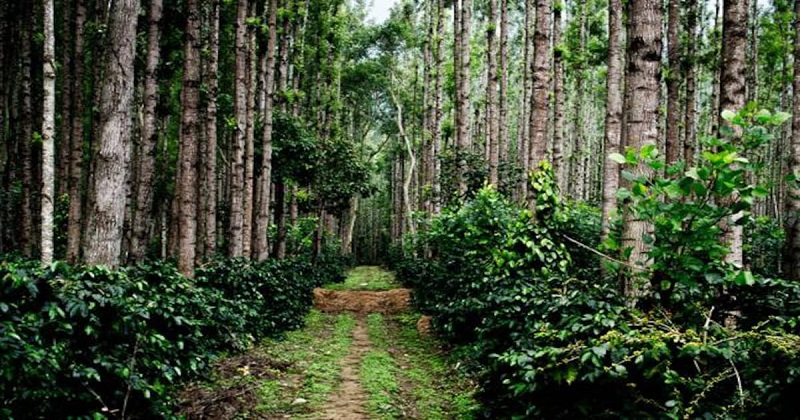
The history and heritage of coffee in India dates around 1600 AD, when an Indian Sufi saint, Baba Budan, went on a pilgrimage to Mecca. Coffee which was discovered in Ethiopia was being kept as an Arab monopoly. It was allowed to export only in a roasted form and the seeds were kept in the country. Baba Budan made his ‘legendary’ journey from Mocha, a port city of Yemen that overlooks the Red Sea, to his homeland.

Being a trading network for coffee, Mocha was the source of the famous Mocha coffee beans. Baba Budan found coffee in the form of a dark and sweet liquid called Qahwa on the route. He felt the drink refreshing and discreetly carried back seven coffee beans from Mocha by strapping them to his chest since the Arabs were extremely shielding of their coffee industry. After returning from his pilgrimage, Baba Budan grew the Seven Seeds of Mocha in the yard of his hermitage in Chikmagalur, Karnataka which the birthplace and origin of coffee in India. The coffee plants slowly spread as backyard plantings, and subsequently on to the hills of what is now known as Baba Budan Hills.

Coffee cultivation grew and flourished in India during British rule and beyond. The Dutch started to grow coffee in the Malabar province. A noteworthy change happened when the British ruled a ruthless campaign to establish Arabica coffee plantations across the hilly areas of South India, where they found the climatic conditions to be prone for the crop.

Commercial coffee plantations in India began with an ambitious and enterprising British manager named JH Jolly, who was working at Parry & Co., a trading company. He discerned that the coffee beans producing in the plantations of Chandragiri had huge potential, and sent a requisition to the Mysore government of the day for 40 acres of land to grow coffee. The success of this initiative stimulated more people to take the plunge into the coffee plantation business and directed the expansion of plantations across the area. Gradually, a dynamic ecosystem also began to develop.
The coffee industry suffered a massive reversal during the Great Depression. The government footed in by setting up the Coffee Cess Committee, which subsequently evolved as the Coffee Board of India. At first, the Board supplied funding to exporters. When World War 2 barred export routes, the Board started to buy coffee from planters and carried upon itself the duty of marketing the crop.

Coffee Cultivation and Plantations after 1947
The combining of coffee produce was the standard in the first decades of independent India. After, the coffee industry picked pace in the post-liberalization era which can be considered as 1991 onwards, when the government let coffee planters to sell their products, rather than marketing to a central plot.

Today, India has 16 unique coffee varieties. Indian coffee is farmed under a roof of thick natural shadiness in ecologically sensitive provinces of the Western and Eastern Ghats. Indian coffee is traditionally cultivated in the Western Ghats distributed over Karnataka, Kerala, and Tamil Nadu. Coffee cultivation in India has extended rapidly to non-traditional regions like Andhra Pradesh and Odisha on the Eastern Coast. Assam, Manipur, Meghalaya, Mizoram, Tripura, Nagaland, and Arunachal Pradesh in the North East. The way India cultivates coffee is outstanding, beneath a roof of different varieties of shade trees, which assures that the canopy of tree cover is always preserved.
The Indian people are not only cost-conscious but also peculiar and widely different from their international companions. For Indians, hanging out in a cafe is more a lifestyle tab and preference instead of a habit. plantations are quite just phenomenal, and Indian Coffee scores increased on all environmentally tight parameters when analogized to not only coffee, which is grown in other countries but also across all other farming/ crop procedures.

Post Your Comments